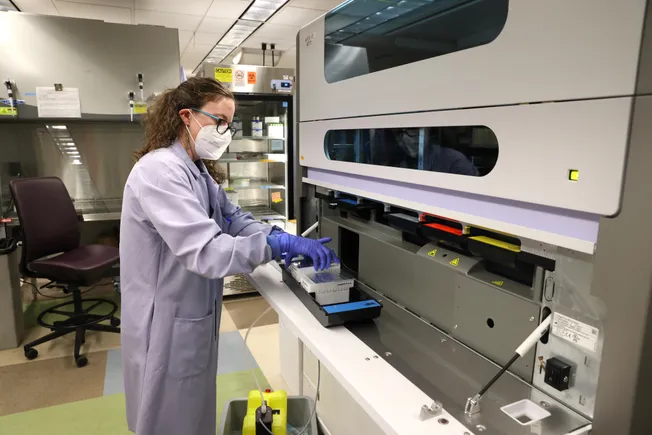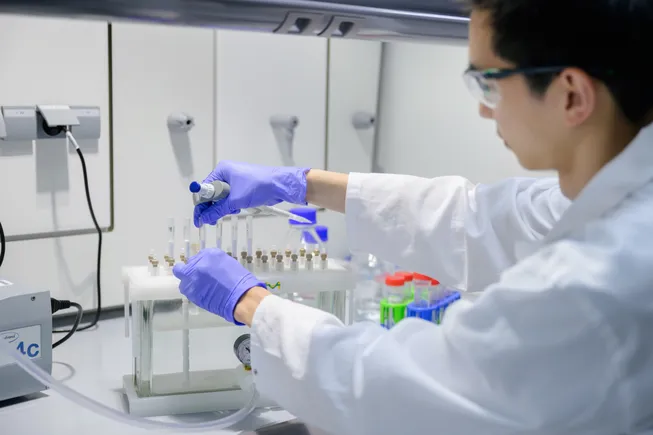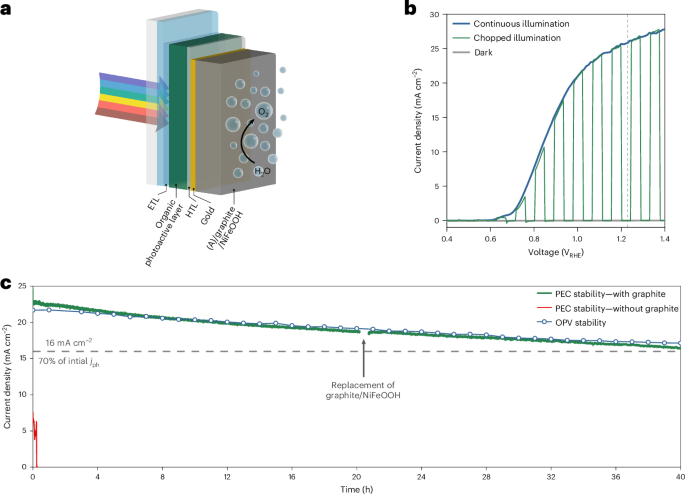Facile Microwave Synthesis of Kilogram‐Scale Electrocatalysts with Nanocarbons Bridged Cobalt Active Sites for Enhanced Oxygen Electrocatalysis
Advanced Energy Materials, EarlyView.

A rapid and facile microwave pyrolysis strategy is developed to synthesize efficient bifunctional oxygen electrocatalysts at a kilogram scale. The as-obtained CBCo-800 features a nano-carbon bridge nanoarchitecture that connects high-density cobalt single atoms and nanoparticles, enabling superior ORR/OER bifunctional electrocatalytic activity for high-performance ZABs.
Abstract
Oxygen reductions and evolution reactions (ORR/OER) are pivotal electrochemical processes in fuel cells and metal-air batteries, yet the rapid, large-scale production of efficient ORR/OER electrocatalysts remains challenging. Herein, a groundbreaking microwave-synthesis strategy is presented that enables the rapid and facile preparation of kilogram-scale ORR/OER electrocatalysts. The unique microwave irradiation generates instantaneous thermal energy, facilitating the formation of nano-carbon bridges that interconnect high-density active sites comprising cobalt single atoms and nanoparticles. This innovative architectural configuration significantly enhances the kinetics of electron/mass transfer and maximizing the accessibility of active sites. The optimized carbon-bridged cobalt catalyst (CBCo-800) demonstrates a commendable half-wave potential (E 1/2) of 0.86 V versus RHE and a minimal overpotential difference (ΔE) of 0.696 V. Furthermore, lab-assembled zinc-air battery utilizing CBCo-800 achieved a great specific capacity of 794 mAh g−1 and sustained over 650 h, outperforming commercial Pt/C and RuO2 catalysts. Density functional theory (DFT) calculations elucidate that the nanocarbon bridge between the dual-active sites boosts oxygen activation and optimizes the adsorption/desorption dynamics of *OH/*OOH intermediates, thereby lowering the energy barriers for ORR/OER. This study offers a facile solution for producing dual-active site materials, and also establishes a robust platform for the mass production of high-performance electrocatalysts.









































































































































































.jpg)





